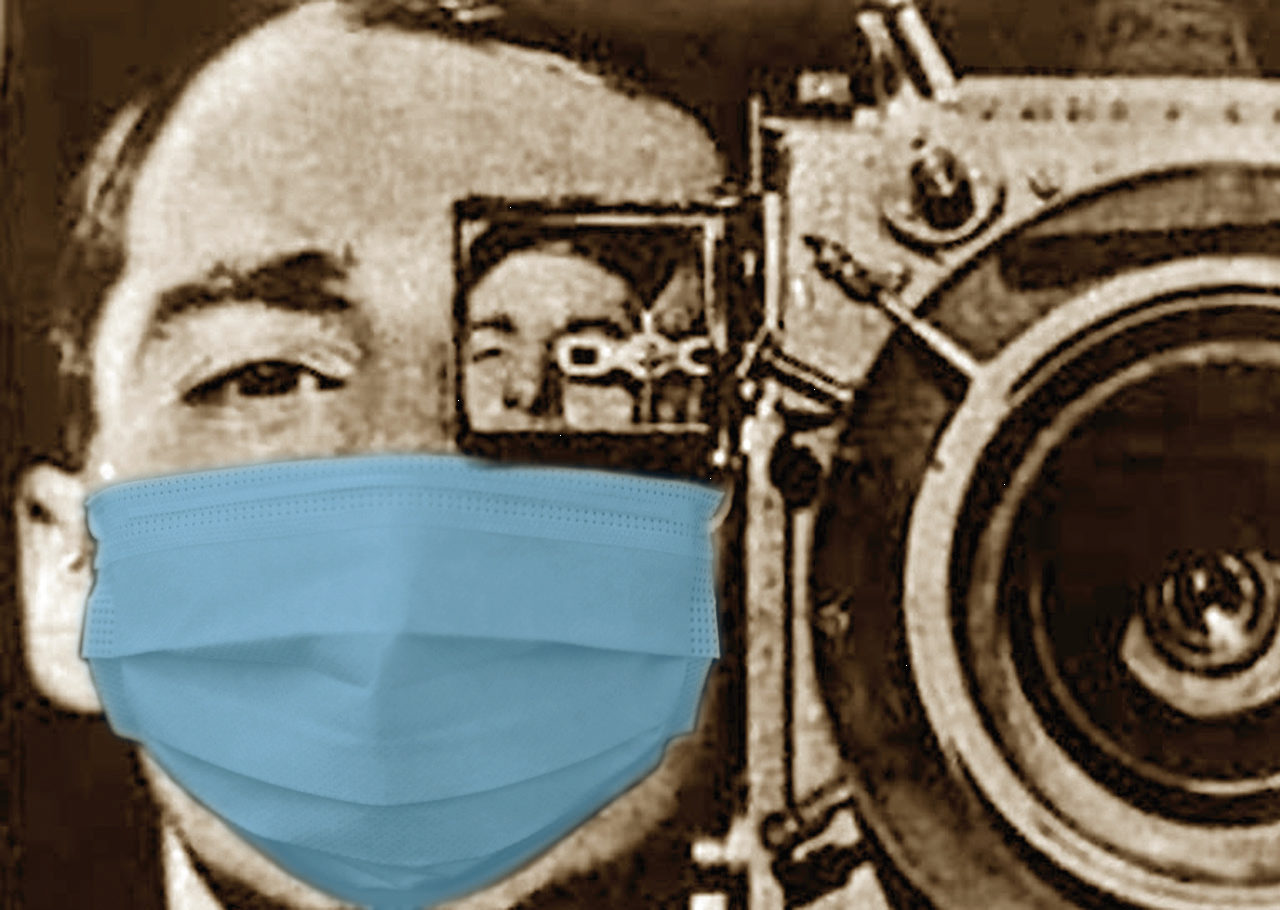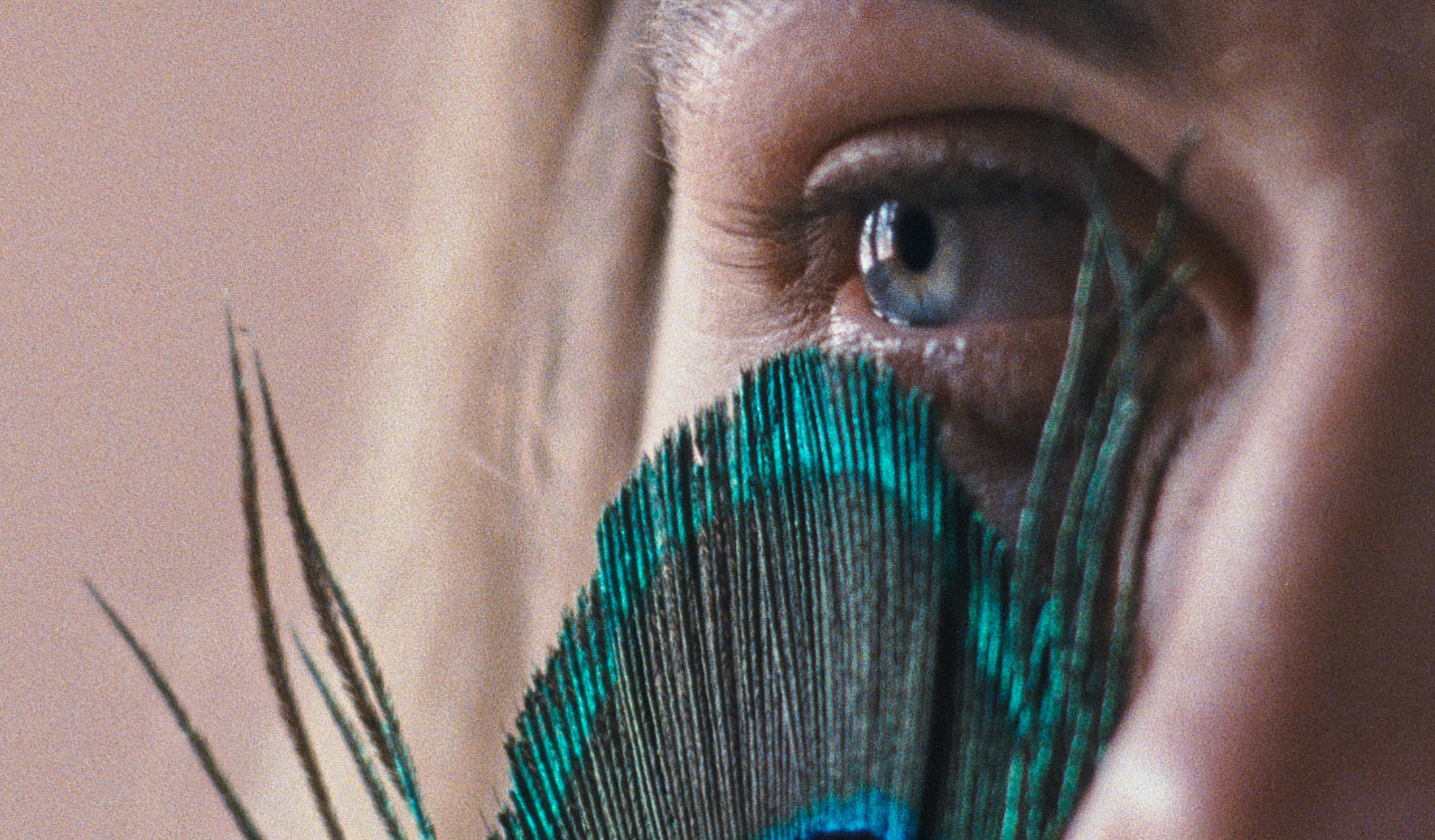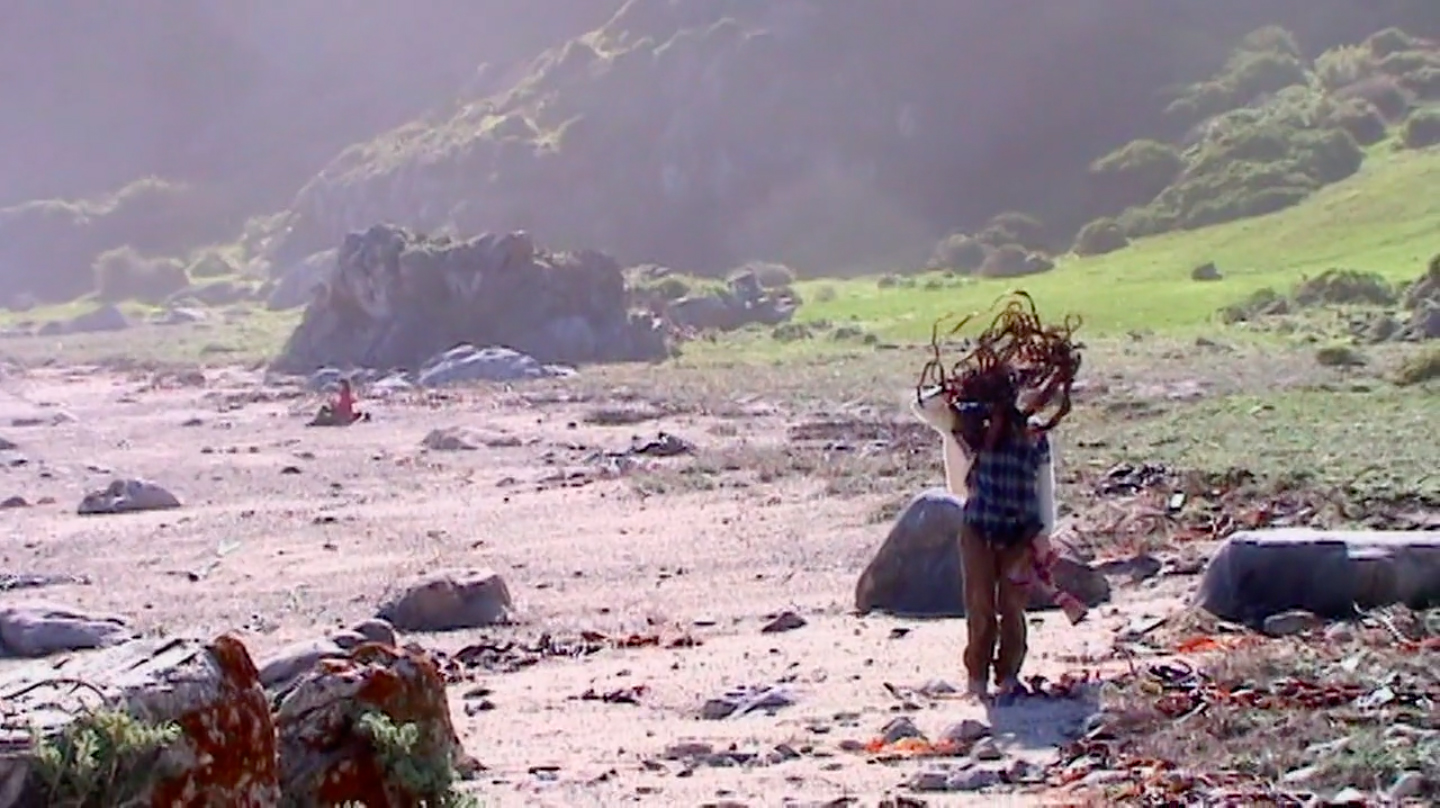With the stakes so high for crews and participants in this moment of historic pandemic and protest, should documentary filmmakers be picking up their cameras? Renowned American producer and filmmaker Gordon Quinn recently wrote in Documentary, the International Documentary Association’s online magazine, that “the core problem is to find the balance between what we feel we owe our participants and what we owe our viewers.” Unless they’ve made films in war zones or places of deep unrest, filmmakers are unaccustomed to working with high physical risk. Yet in a blighted news ecosystem, audiences see documentary as vital nourishment.
Quinn’s question is really two questions: Should we shoot? If so, how? When the shock of the initial lockdown abated, many doc makers in the midst of production or post, or even about to film COVID-related stories, were desperately clamouring for guidelines. I was one of them. I had worked for over five years to bring a story together about a group of older adults living with intellectual disabilities across a broad spectrum. Their collective claims led to a successful landmark class action lawsuit against a government for running a set of institutions that grossly abused them as children and youth. Participants had waited years to tell their stories on camera; we were set to shoot with a full crew the week of the lockdown, and they wanted to continue, somehow.
It took months before provincial agencies issued their own health and safety guidelines for the industry, while insurance companies made it clear they were excluding coverage for any COVID-related losses or shutdowns. Many of us dove into draft guidelines and risk assessments from the Sundance Institute, IDA, and DOC NYC, among others, in desperate search for some clear answers: either we sleep until 2021, or attempt to safely chart a path forward to production during the worst pandemic in 100 years.
The provinces’ own plans proved less than helpful, since they’re primarily geared to scripted and studio productions. What we needed was a genre-specific guide. Thankfully, we now have one. Released this September, the Documentary Organization of Canada’s Documentary Production in the Era of COVID-19: Best Practices by and for Documentary Filmmakers is an online and downloadable guide that’s both highly useful and readable. (Full disclosure: I was on the committee that helped support the production of this guide, so permit my shilling for it!) It walks you through the fundamentals, from the ethics and legalities of whether or not to shoot to the aesthetics and risk-mitigating logistics of how to do so in ways that are thoughtful and egalitarian. In fact, one of the things I most admire about it is how it challenges conventional hierarchies to convey that we really are all in this together, and that even the guide is just that: a set of suggestions to organize thinking, and one that implores its users to do their own research, keep abreast of the science, and to create their own production safety plans. The recommendations of shorter days, more breaks, and less punishing schedules will hopefully be a legacy that survives the pandemic.
Authored by filmmaker and educator Chanda Chevannes, the guide was funded through a partnership with the National Film Board of Canada, the Canadian Broadcasting Corporation, and the Directors Guild of Canada. It made use of wide consultations with the documentary community, adjacent associations, governmental agencies, and health authorities. I suspect it will lead the pack in terms of depth, rigour, and responsiveness. Chevannes and her research team conducted both a national and global environmental literature review, undertook a national anonymous online survey, and interviewed over 50 filmmakers to give focus to both the biggest challenges and the best practices where safety and creative solutions can converge. In fascinating (and some heartbreaking) case studies, we learn that whether filming outdoors or pivoting to more animation or archives, the storytelling solutions will bear some trace, however subtle, of the mark of COVID. And while born of pain, fear, and risk, this moment may well usher in new, hybrid forms of storytelling that could prove both engrossing and enduring.












